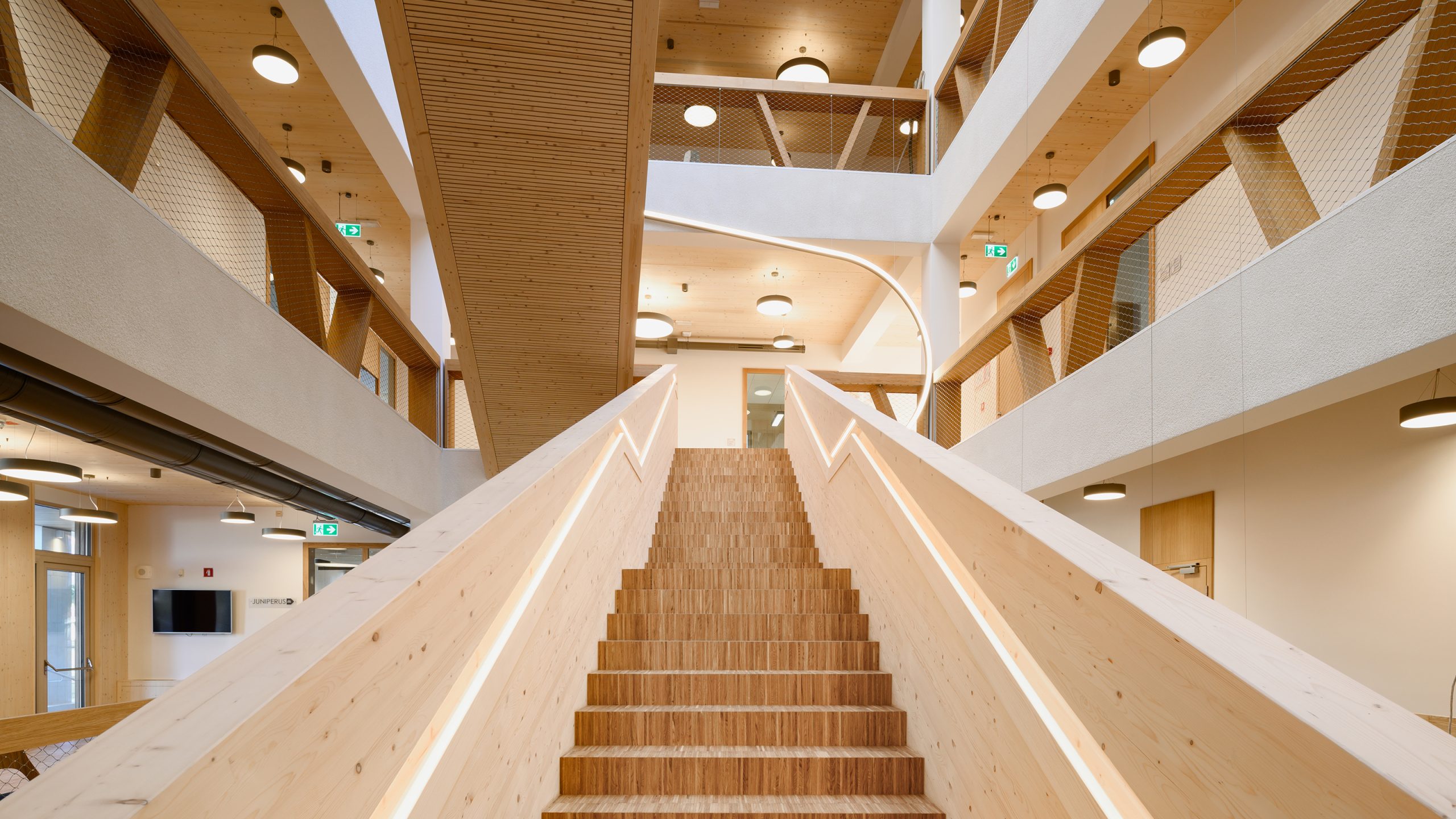Architecture: Eva Prelovšek Niemelä, Aarne Niemelät
Collaborators: Bojan Cebin, Monika Rečnik
Interior design: Zijada Adembegović Hujdurović, Eva Prelovšek Niemelä, Aarne Niemelä
Landscape architecture: Mitja Škrjanec
Statics: Iztok Šušteršič, Sašo Vozel
tHVAC: Rudi Grahek, Robert Krese
Acoustics: Rok Prislan
tREED design: Mike Burnard, Andreja Kutnar
Laboratory technology: Matthew Schwarzkopf, Jakub Sandak, Rok Prislan, Iztok Šušteršič, Igor Gavrič, Andreja
Kutnar
Monitoring design: Michael Mrissa, Anna Sandak, Jakub Sandak, Mike Burnard, Andreja Kutnar, Iztok Šušteršič, David B. DeVallance, Miklos
Kresz, Jan Včelak

